UPSC Prelims Cut-off Trends (2015 – 2024) – Detailed Analysis
UPSC Civil Services Examination (CSE) is one of the most prestigious and competitive exams in India. Every year, lakhs of aspirants appear for the UPSC Prelims, but only a small fraction clears it to reach the Mains stage. One of the most frequently asked and crucial aspects for aspirants is the UPSC Prelims Cut-off.
Understanding UPSC cut-off trends (2015 – 2024) not only helps aspirants assess the level of competition but also aids in strategizing preparation for the upcoming exam. In this article, we will cover:
What is the UPSC Prelims cut-off?
Factors affecting the cut-off.
Year-wise cut-off analysis (2015 – 2024).
Category-wise cut-off comparison.
Observations & trends in the last 10 years.
Strategy to clear UPSC Prelims 2025 based on past cut-off analysis.
What is UPSC Prelims Cut-off?
The UPSC Prelims cut-off is the minimum qualifying marks that a candidate needs to score in General Studies Paper I (GS Paper I) to qualify for the next stage i.e., Mains.
Important points to note:
GS Paper I is considered for the cut-off.
CSAT (GS Paper II) is qualifying in nature; candidates must secure at least 33% marks (66 out of 200).
The cut-off varies each year depending on factors such as difficulty level, vacancies, and competition.
Cut-offs are released category-wise (General, OBC, SC, ST, EWS, PwBD, etc.).
Factors Affecting UPSC Prelims Cut-off
Several factors decide the cut-off every year:
Difficulty Level of Question Paper – Tougher papers usually lead to lower cut-offs, while easier papers push them higher.
Number of Vacancies – More vacancies may reduce the cut-off slightly.
Number of Candidates Appearing – Increased participation raises competition, often leading to higher cut-offs.
Normalization Process – Ensures fairness in evaluation.
Performance of Candidates – If most candidates perform well, the cut-off rises.
UPSC Prelims Cut-off (2015 – 2024) – Year-wise Data
Below is the year-wise cut-off analysis for the last 10 years:
YearGeneralOBCSCSTEWSPwBD-1PwBD-2PwBD-3PwBD-5
2015
107.34
106
94
91.34
-
90.66
76.66
40.00
-
2016
116.00
110.66
99.34
96.00
-
75.34
72.66
40.00
-
2017
105.34
102.66
88.66
88.66
-
85.34
61.34
40.00
-
2018
98.00
96.66
84.00
83.34
-
73.34
53.34
40.00
-
2019
98.00
95.34
82.00
77.34
-
53.34
44.66
40.66
-
2020
92.51
89.12
74.84
68.71
77.55
70.06
63.94
40.82
42.86
2021
87.54
84.85
75.41
70.71
80.14
68.02
67.33
43.09
45.80
2022
88.22
87.54
74.08
69.35
82.83
49.84
58.59
40.40
41.76
2023
75.41
74.75
59.25
47.82
68.02
40.40
47.13
35.00
33.68
2024
95.00*
93.00*
80.00*
75.00*
90.00*
65.00*
60.00*
45.00*
40.00*
(*2024 cut-off is indicative; official data will be confirmed by UPSC after the final result.)
Key Observations from Cut-off Trends (2015 – 2024)
Highest Cut-off – In 2016, the cut-off for General category was 116, one of the highest in recent years.
Lowest Cut-off – In 2023, the cut-off dropped to 75.41 (General category), the lowest in a decade due to the high difficulty of the paper.
EWS Category – Introduced in 2019, the EWS cut-off has remained slightly lower than General, usually a gap of 4–7 marks.
Gradual Decline Trend – Between 2017 and 2023, the cut-off gradually decreased, indicating tougher papers and higher competition.
SC/ST Categories – Their cut-offs are usually 10–15 marks lower than the General category.
PwBD Categories – The cut-offs are significantly lower, reflecting the reservation and relaxation benefits provided.
Lessons for Aspirants from Cut-off Analysis
Aim Higher than Previous Cut-offs – Always target at least 15–20 marks above the last 5-year average cut-off to be safe.
Don’t Depend on Guesswork – Negative marking heavily affects cut-offs. Controlled guessing is key.
Focus on CSAT – Even though qualifying, many aspirants fail in CSAT and miss the Prelims.
Revision is Crucial – UPSC often repeats questions (direct/indirect), so revising NCERTs and PYQs helps.
Current Affairs Weightage – A major deciding factor; aspirants must follow The Hindu/Indian Express and monthly compilations.
Strategy to Clear UPSC Prelims 2025 Using Cut-off Trends
Set a Target Score – Aim for at least 105–110 marks in GS Paper I and 80+ in CSAT.
Balance Static & Current Affairs – Keep a 50:50 ratio; UPSC is unpredictable.
Practice PYQs (2011–2024) – Analyze patterns and repeat topics.
Mock Tests – Attempt 40–50 quality mock tests before the exam to develop accuracy.
Time Management – Allocate 2 hours daily for CSAT practice if weak in Maths/Reasoning.
Focus on Weak Areas – If cut-offs are falling, it means papers are tricky; strengthen basics to avoid silly mistakes.

Lakshya IAS
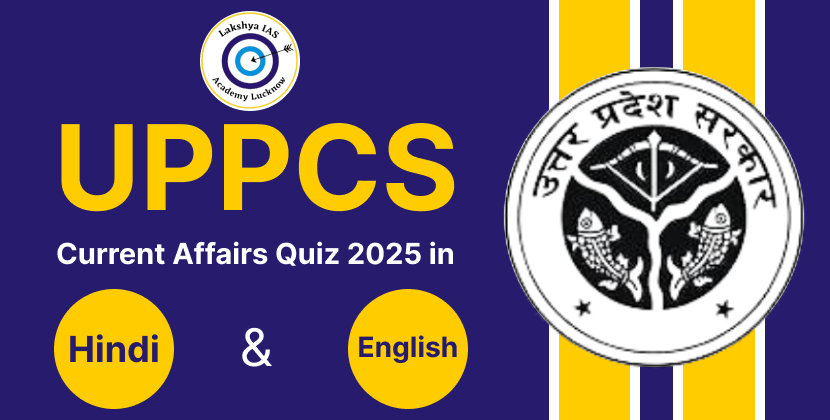
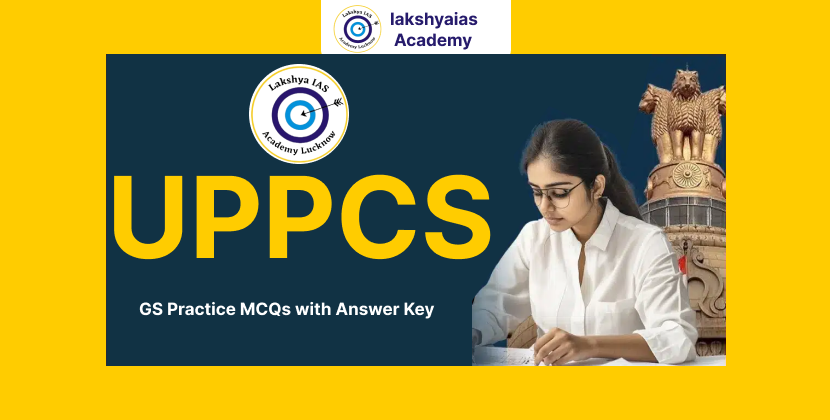

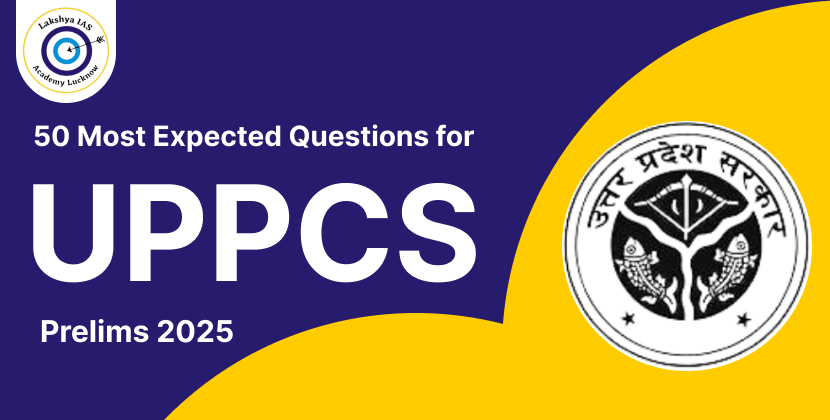
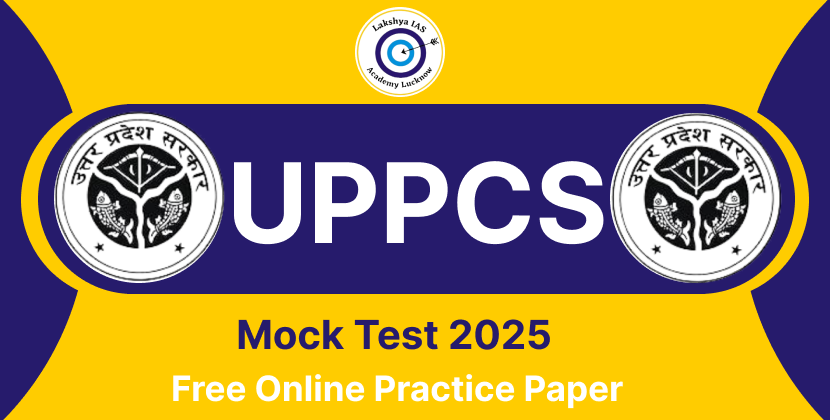
.png)
.png)

.png)
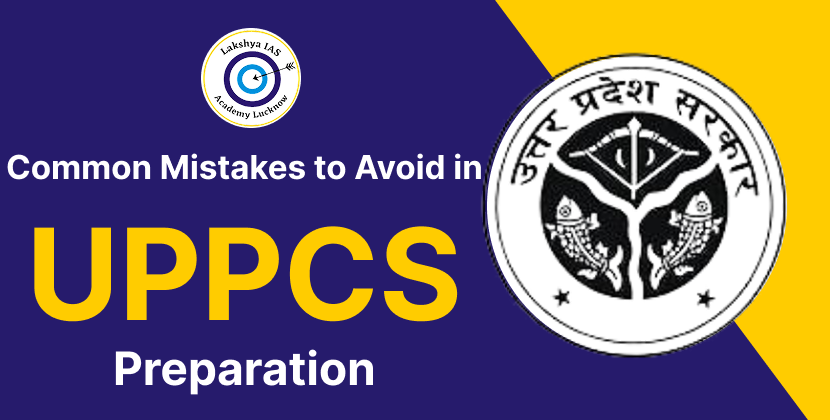
Leave a Comment